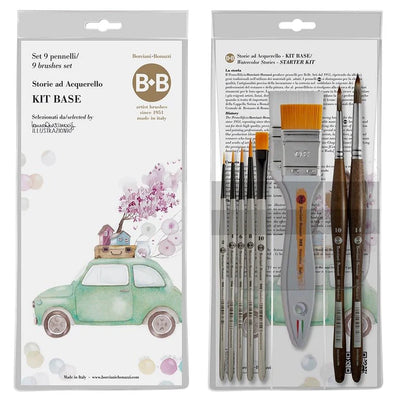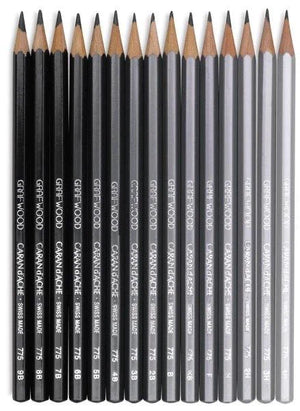Table of Contents
Understanding the Basics of Acrylic Paint
Choosing the Right Acrylic Paint for Glass
Techniques for Applying Acrylic Paint on Glass
Why Choose THE SYDNEY ART STORE for Acrylic Paints
Understanding the Basics of Acrylic Paint
Acrylic paint is a versatile and popular medium among artists, and for good reasons. It's fast-drying, easy to use, and adaptable to various surfaces, including glass. Acrylic paint is made from pigment suspended in an acrylic polymer emulsion, and it becomes water-resistant when dry. This property makes it an excellent choice for painting on glass, which is a non-porous surface. However, the type of acrylic paint you choose can significantly affect the success of your art project, especially when painting on glass.
Choosing the Right Acrylic Paint for Glass
When painting on glass, it's crucial to choose acrylic paint specifically designed for this purpose or one that can adhere well to non-porous surfaces. Many artists prefer enamel-based acrylic paints for glass painting due to their durability, shine, and adherence to glass surfaces. However, regular acrylic paint can also be used, provided it's sealed with a suitable varnish after drying. Key factors to consider when selecting acrylic paint for glass include its colour vibrancy, consistency, drying time, and whether it's non-toxic, especially if the painted glassware will be used for serving food or drinks.
Techniques for Applying Acrylic Paint on Glass
Once you've chosen the right acrylic paint, the next step is mastering the technique of applying it on glass. Ensure the glass surface is clean and free from dust or grease before starting. You can use brushes, sponges, or even your fingers to apply the paint. Allow each layer to dry before applying the next to prevent peeling. After finishing your artwork, seal it with a varnish to protect the paint from chipping and enhance its longevity.
Why Choose THE SYDNEY ART STORE for Acrylic Paints
THE SYDNEY ART STORE is your go-to destination for high-quality acrylic paints suitable for glass painting. Our comprehensive collection includes various colours and types to cater to every artist's unique needs and preferences. Whether you're a beginner or a professional artist, you'll find everything you need at our store to create stunning glass artwork. Moreover, when shopping with us at https://thesydneyartstore.com.au/, you can rest assured that you're investing in non-toxic, eco-friendly products that align with our commitment to promoting sustainability in the art world.













